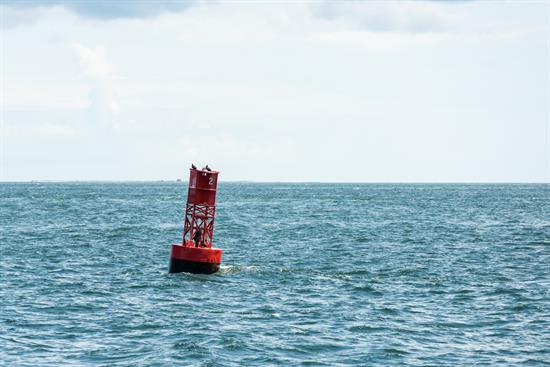Press Releases
Pingree Leads Bipartisan Push to Save Buoys Essential to Maritime Safety
Washington,
June 18, 2025
Today, Maine First District Congresswoman Chellie Pingree led a bipartisan group of her colleagues in calling on the U.S. Coast Guard (USCG) to preserve critical navigational buoys along the Northeast coast. In a letter to Admiral Kevin E. Lunday, Acting Commandant of the Coast Guard, the lawmakers warned that removing the buoys could jeopardize maritime safety and urged USCG to ensure modern navigation technology works alongside—not in place of—traditional visual markers like buoys. “The northeastern coast has many hazards to avoid, and tides, currents, and difficult weather conditions can make navigation challenging even for experienced mariners. In situations such as these, it is imperative to ensure all safety measures are available, both technological and visual,” the lawmakers wrote. “Visual navigation markers are essential to maritime economies and the communities we represent,” Pingree and her colleagues continued. “As fishermen, passenger vessels, and recreational boaters alike use these buoys as a reliable safety measure to maneuver through inclement weather and sporadic access to technology on the water. A local captain of a passenger vessel likened the effort to removing traffic signs from the highways since many drivers now have access to GPS systems. Buoys provide a critical layer of safety while navigating complicated coastline, especially when technology may fail in rural areas. Buoy constellations and technology should work together to create safe and resilient navigational service to mariners, rather than creating a system that overly relies on just one. Cosigners include Representatives Jake Auchincloss (D-Mass.), Joe Courtney (D-Conn.), Laura Gillen (D-N.Y.), Nick LaLota (R-N.Y.), Stephen Lynch (D-Mass.), John Larson (D-Conn.), Seth Magaziner (D-R.I.), and Seth Moulton (D-Mass.). The letter is available here and copied below. +++ Dear Acting Commandant Lunday, We write today to provide comment to the U.S Coast Guard regarding the First District Coastal Buoy Modernization Initiative Proposal. We support the adoption of technologies such as Global Navigation Satellite Systems (GNSS), Electronic Navigation Charts (ENC), and Electronic Chartering Systems (ECS) to enhance maritime navigation and improve efficiency. At the same time, we believe these systems should complement—not replace—the physical buoy infrastructure that remains essential for safety, redundancy, and accessibility across the Northeast. We have deep concerns over buoy discontinuation efforts and urge you to consider the value of visual navigation markers. Safety must be the top priority when maintaining Federal Aids to Navigation (ATON) and supporting mariners. The northeastern coast has many hazards to avoid, and tides, currents, and difficult weather conditions can make navigation challenging even for experienced mariners. In situations such as these, it is imperative to ensure all safety measures are available, both technological and visual. Visual navigation markers are essential to maritime economies and the communities we represent. As fishermen, passenger vessels, and recreational boaters alike use these buoys as a reliable safety measure to maneuver through inclement weather and sporadic access to technology on the water. A local captain of a passenger vessel likened the effort to removing traffic signs from the highways since many drivers now have access to GPS systems. Buoys provide a critical layer of safety while navigating complicated coastline, especially when technology may fail in rural areas. Buoy constellations and technology should work together to create safe and resilient navigational service to mariners, rather than creating a system that overly relies on just one. We are grateful to the Coast Guard for your commitment to ensuring the safety of all those who depend on and enjoy our waters and strongly encourage you to recognize the importance of preserving buoy constellations in navigationally complicated areas. We appreciate your engagement with stakeholders who are affected by this proposal, and request that you extend the period for public comment by one month in order to receive the best possible feedback from the maritime community. Please do not hesitate to reach out to our offices if we can provide any further information. Sincerely, ### |


